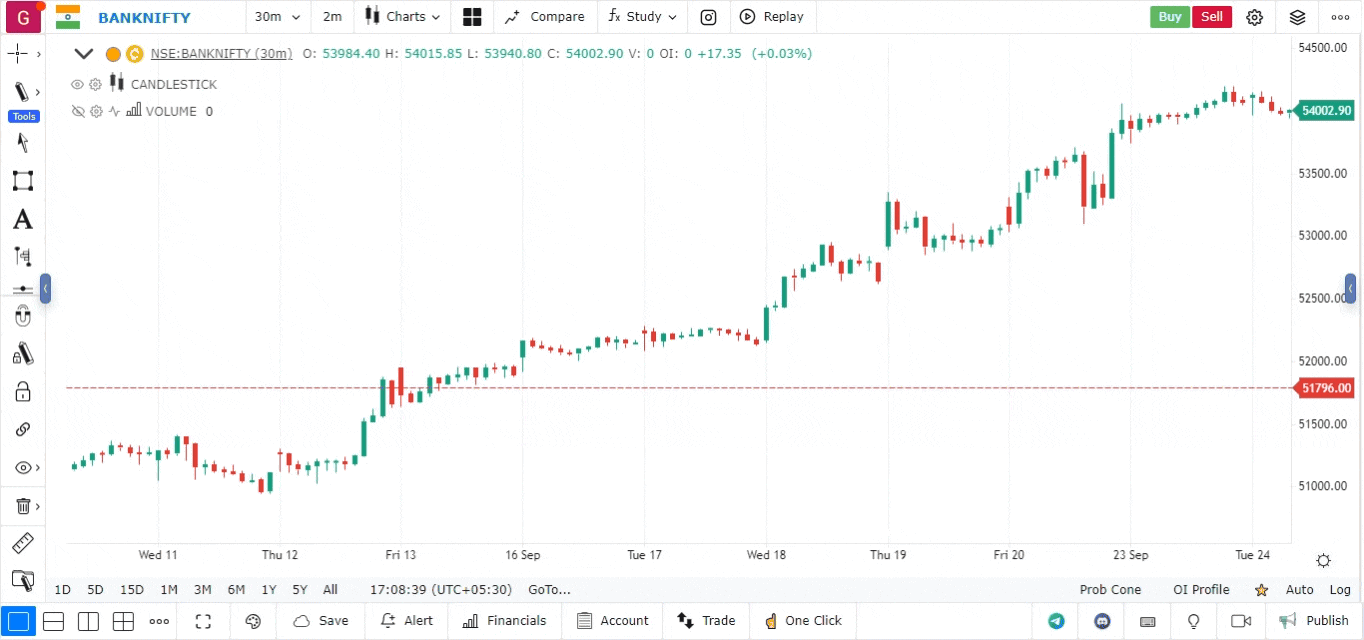Swing Index Indicator
The Swing Index Indicator is a technical analysis tool developed by J. Welles Wilder. It aims to measure the strength of price movements in relation to volatility, helping traders identify potential reversals or trends in the market. The indicator combines aspects of price movement and volatility, making it a valuable tool for assessing market conditions.
Key Features of the Swing Index Indicator:
- Trend Strength Measurement: Evaluates the strength of a price swing, helping traders gauge whether the market is in a bullish or bearish trend.
- Signal Generation: Provides signals for potential reversals or continuations, assisting in making informed trading decisions.
- Volatility Consideration: Accounts for volatility in price movements, providing a more accurate representation of market conditions.
Calculation of the Swing Index Indicator
The Swing Index Indicator is calculated using the following formula, which considers the current and previous prices along with their respective ranges:
-
Calculate the components:
- Current High (H): The highest price of the current period.
- Current Low (L): The lowest price of the current period.
- Previous Close (C): The closing price of the previous period.
- Previous High (PH): The highest price of the previous period.
- Previous Low (PL): The lowest price of the previous period.
-
Calculate the swing index using th following formula:
This formula can be simplified and adjusted for different trading strategies, but the essential components are the price movements and their ranges
Using the Swing Index Indicator
To effectively analyze the Swing Index Indicator, follow these steps:
-
Load the Chart for the Asset:
- Open the charting platform.
- Load the chart for the specific asset you wish to analyze.
-
Set the Timeframe:
- Choose an appropriate timeframe for your analysis (e.g., daily, weekly). The Swing Index Indicator can be applied to various timeframes.
-
Add the Swing Index Indicator:
- Navigate to the Indicators section.
- Search for Swing Index in the list of available indicators.
- Click on the Swing Index Indicator to add it to your chart. It will appear in a separate panel below the main price chart.

- Interpret Signals:
- Positive and Negative Values:
- Positive values indicate upward price movement, suggesting bullish market conditions.
- Negative values indicate downward price movement, suggesting bearish market conditions.
- Crossovers:
- A crossover above zero may signal a potential bullish trend, while a crossover below zero may indicate a bearish trend.
- Divergence: Look for divergences between the Swing Index and the price action. If the price makes a new high or low while the Swing Index does not, it may signal a potential reversal.
- Positive and Negative Values: